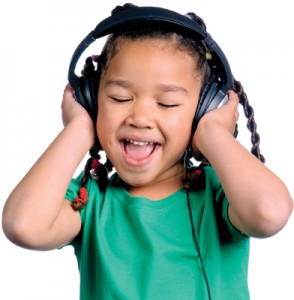If your child is diagnosed with a lisp, it means that he has trouble pronouncing “s” and “z” sounds. There are four types of lisps:
- A palatal lisp means that when your child tries to make an “s” or a “z” sound, his tongue contacts the soft palate.
- A lateral lisp means that air travels out of either side of the tongue. Children with a lateral lisp produce “s” and “z” sounds that sound “slushy.”
- A dentalized lisp means that your child’s tongue makes contact with his teeth while producing the “s” and “z” sounds.
- An interdental lisp, sometimes called a frontal lisp, means that the tongue pushes forward through the teeth, creating a “th” sound instead of an “s” or “z” sound.


